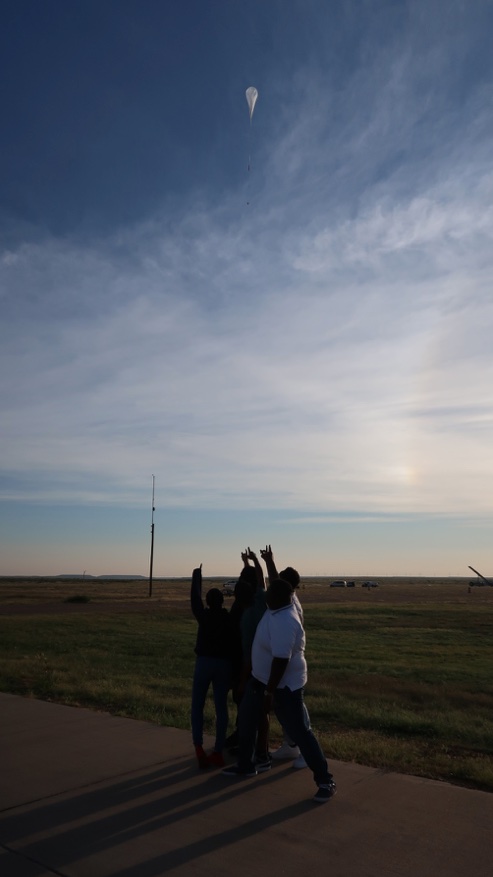Space Science / High Energy Astrophysics
Space Science and High Energy Astrophysics is the study of the highest energy radiation coming from the Universe - X-rays, gamma-rays, and cosmic rays and their sources. The breadth of interests of our group encompasses different but synergistic topics: cosmic rays, time-domain and multimessenger astronomy, gamma-ray astronomy, high-energy polarimetry, space weather and terrestrial gamma-ray flashes, instrument development, and student training.
Faculty
The CALorimetric Electron Telescope (CALET) has been collecting cosmic ray and gamma-ray data on the JEM-EF external platform of the International Space Station since mid-October 2015. As of January 2024, more than 4 billion triggered events > 1 GeV and > 1.9 billion events > 10 GeV have been accumulated with a live time fraction of 86%. The main CALET detector consists of a deep (30 radiation lengths) calorimeter designed to measure the cosmic ray electron spectrum up to 20 TeV (2 × 10^13 eV), where features in the spectrum may indicate the presence of nearby sources or dark matter. As of 2024, the high energy electron spectrum is showing initial indications of nearby sources (e.g., supernova remnants including Vela, the Cygnus Loop, and Monogem). In addition to its primary goal to explore the high energy electron spectrum, CALET can study the cosmic ray hadronic sector by contributing high precision measurements of the energy spectra, relative abundances, and secondary-to-primary ratios of elements from hydrogen to iron. Deviations from a simple power law, as reported by CREAM, PAMELA, and AMS-02 in the spectra of light nuclei, are under study from a few tens of GeV to the multi-TeV region. As an example, a flattening observed in the boron-to-carbon ratio near 1 TeV suggests that the hardening of the ratio could be due to extra material traversed near the source, producing an excess of secondary boron very early in propagation. Finally, CALET is observing X-rays and gamma rays from 7 keV to 10 MeV and 1 GeV up to 10 TeV, providing a capability for high energy counterpart searches for gamma ray bursts in coincidence with LIGO/Virgo gravitational wave events.
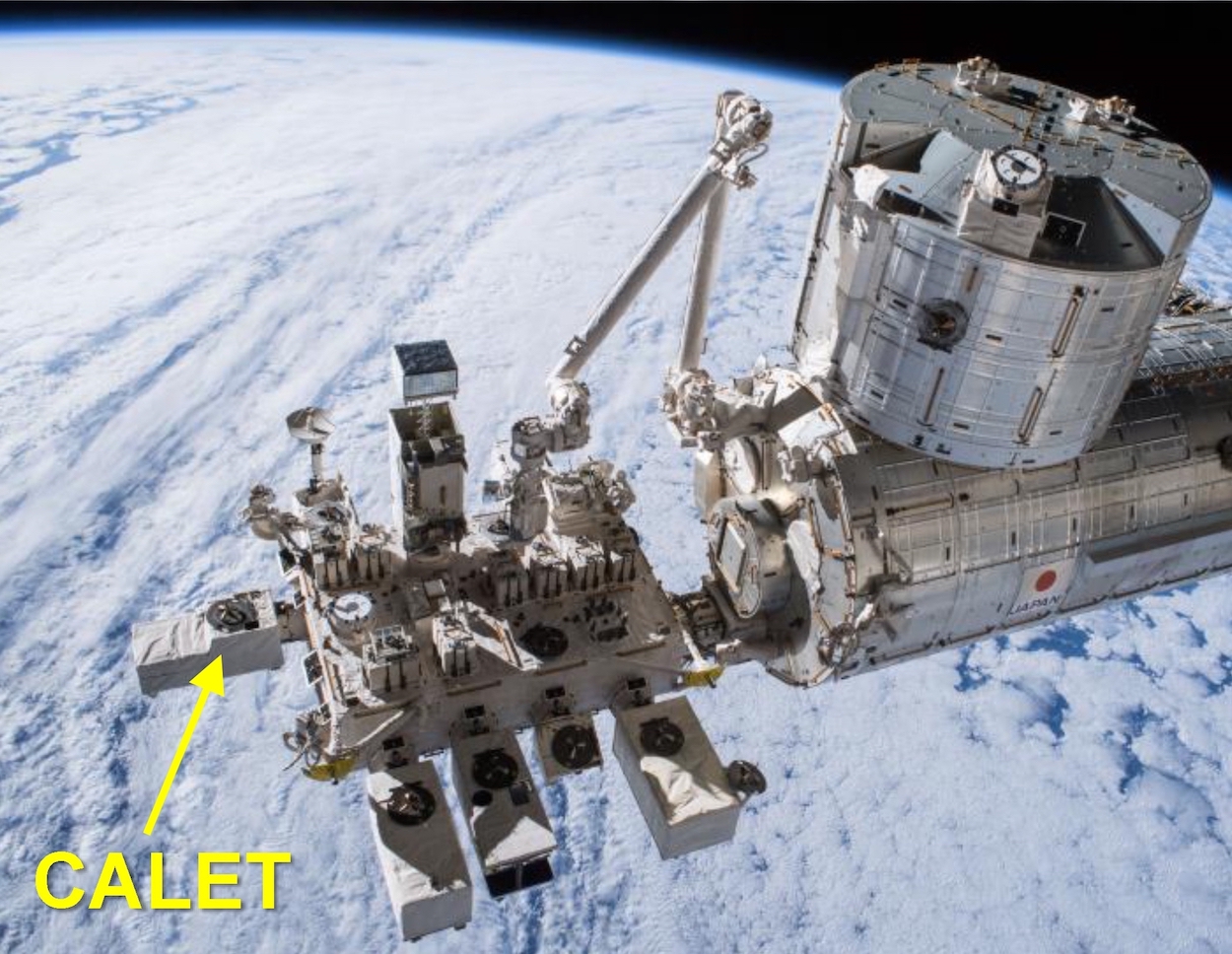
Time-domain astronomy investigates dynamic celestial phenomena, including gamma-ray bursts (GRBs), intense flashes of gamma rays revealing high-energy processes. Multi-messenger astronomy combines high-energy sources with high-energy neutrinos and gravitational waves, offering diverse insights into cosmic events. At LSU we work with experts of gravitational wave detection at LIGO-Livingston facility. Scientists at LSU co-lead the Interplanetary Network which contributes by localizing transient events, enhancing our ability to pinpoint the sources of GRBs across the sky, with the newest instrument launching on board the Psyche spacecraft in Fall of 2023. Future transient missions where LSU plays an important role include the StarBurst mission, launching in 2026. This comprehensive approach advances our understanding of the universe's most energetic and dynamic occurrences.
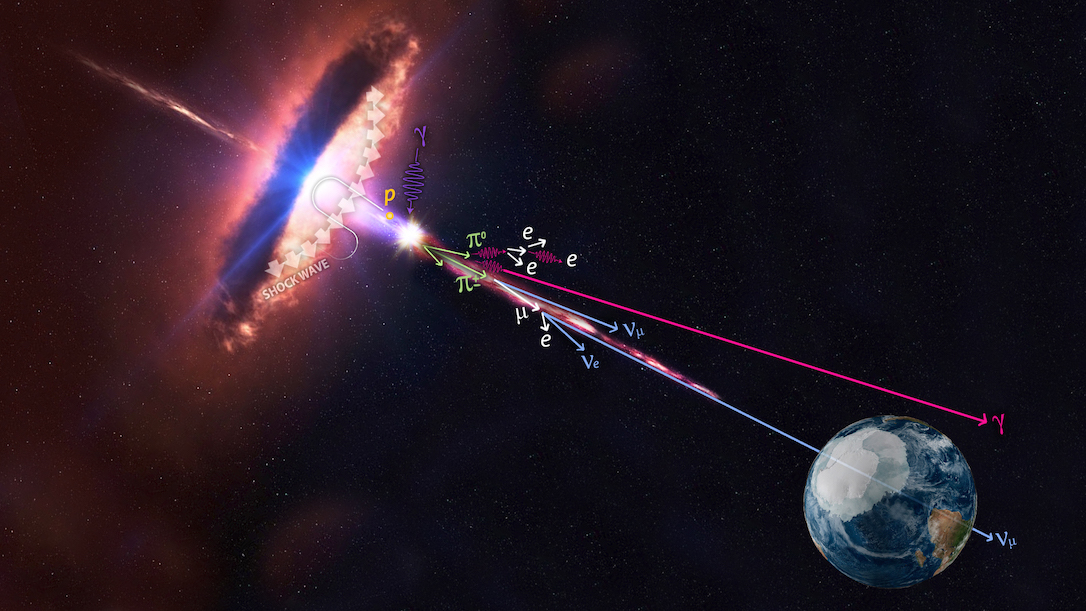
Gamma-ray astronomy delves into the high-energy realm, studying celestial sources emitting gamma rays. Instruments like Fermi Gamma-ray Space Telescope, equipped with the Large Area Telescope (LAT) and Gamma-ray Burst Monitor (GBM), play pivotal roles. LAT surveys the sky for high-energy gamma rays, while GBM detects transient bursts. Complementary to Fermi, instruments like the Compton Spectrometer and Imager (COSI) will soon contribute to our understanding of gamma-ray sources. COSI observes gamma rays from nuclear processes, providing insights into cosmic nucleosynthesis. Our team is also involved in development of new concepts for future space-based gamma-ray missions such as APT and AMEGO-X. In particular, our LSU group is collaborating on the construction of the Antarctic Demonstrator for the Advanced Particle-astrophysics Telescope (ADAPT) balloon mission to be launched from Antarctica as a prototype of a future APT Compton Telescope to observe MeV gamma-ray transients and provide sensitivity for thermal WIMP dark matter. The collaborative efforts of these instruments significantly enhance our comprehension of the energetic processes shaping the gamma-ray universe.
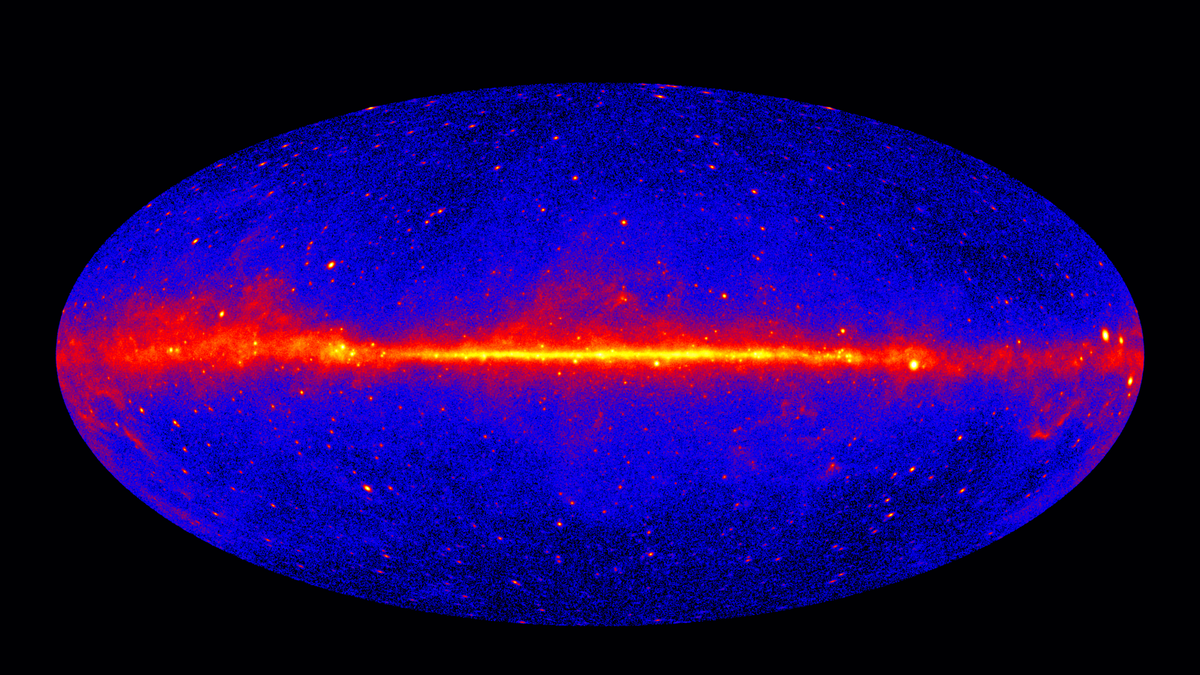
High-energy polarimetry is a specialized field in astronomy that focuses on measuring the polarization of high-energy photons, shedding light on the magnetic and geometric properties of cosmic sources. The Imaging X-ray Polarimetry Explorer (IXPE) is a crucial instrument designed to enhance our understanding of polarized X-rays. Complementary to IXPE, the Compton Spectrometer and Imager (COSI) will also contributes to high-energy polarimetry, providing valuable insights into the polarization properties of gamma-ray sources. These instruments collectively enable astronomers to probe the underlying physical processes in extreme environments, offering a more comprehensive understanding of the intricate magnetic and structural characteristics of celestial objects emitting high-energy radiation.
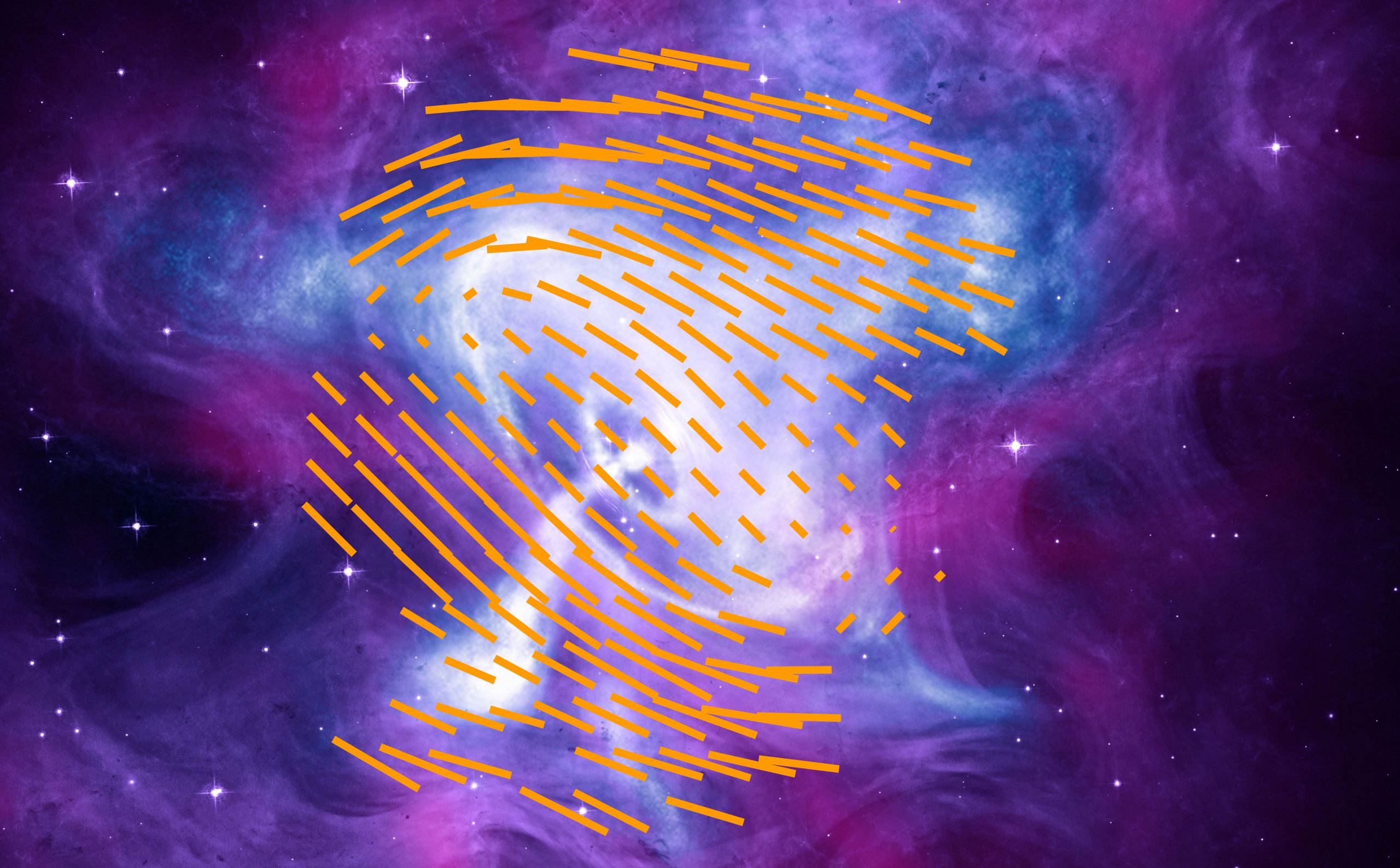
In addition to its primary high energy capabilities, CALorimetric Electron Telescope (CALET) performs a continuous monitoring of the Low Earth Orbit (LEO) radiation environment, including high-energy solar particle (SEP) events, inner Van Allen belt protons in the South-Atlantic anomaly, and relativistic electron precipitation (REP) events. CALET is used to identify and categorize potential REP events out of the CALET database, investigating their relationship with different magnetospheric drivers, such as electromagnetic ion cyclotron (EMIC) waves. We take advantage of magnetically-conjugate plasma-wave measurements from the NASA Van Allen Probes (VAPs) in the equatorial plane or the Arase Japanese satellite in highly-elliptic orbit. We use the large sample of REP events collected by CALET since its launch for statistical studies, exploring the correlation of their properties with solar-wind and geomagnetic conditions.
The TGF and Energetic Thunderstorm Rooftop Array (TETRA) experiment at LSU observed ground-level X-ray/gamma-ray bursts associated with nearby lightning. Satellite observations of intense millisecond flashes of gamma rays (Terrestrial Gamma Flashes, TGFs) produced at the tops of thunderstorms have shown that lightning can accelerate electrons to very high energies, well above tens of MeV. TETRA, with a set of detectors at LSU, in Panama, and in Puerto Rico (locations with high thunderstorm activity) produced a catalog of TGFs produced by lightning near the Earth’s surface and provided data on the detailed characteristics of the energetic radiation and the associated thunderstorms, in particular correlated radiation and meteorological data.
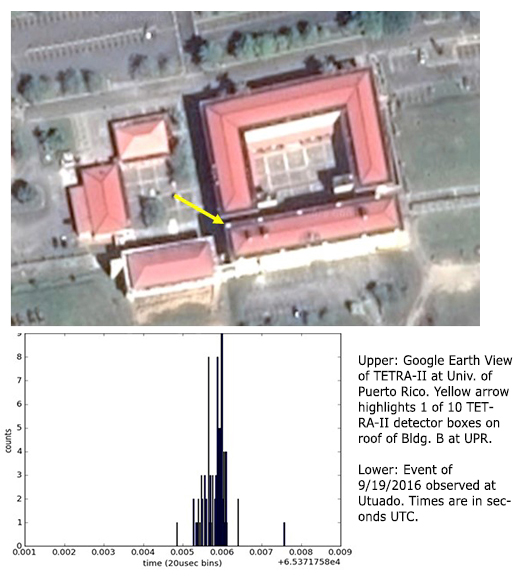
Our group leads state-wide efforts to support student involvement in research, technical workforce development, K-12 educator development, public outreach and other Space Science engagements through the Louisiana Space Grant Consortium, the development of aerospace research infrastructure throughout the state via the Louisiana NASA EPSCoR program.
The Louisiana Space Grant Consortium (LaSPACE) is part of the National Space Grant College and Fellowship Program and is based at Louisiana State University (LSU). In partnership with the Louisiana Board of Regents, LaSPACE supports programs at affiliated academic institutions and other Louisiana organizations that address the NASA mission, federal CoSTEM goals, and state education, research, and economic priorities. LaSPACE programs for early-career faculty research project, undergraduate and graduate involvement in research, technical workforce development, and pre-college educational and public outreach strengthen the Science, Technology, Engineering, and Math (STEM) education needed for a diverse technical workforce, and develops the research and economic infrastructure to boost Louisiana’s contribution to the aerospace frontier.
NASA EPSCoR is a program designed to allow more states, such as Louisiana, to participate in space and aeronautics research. Despite the fact that taxpayers from all 50 states and territories should benefit from a share of federal research and development (R&D) funding, federal budget outlays tend to be concentrated in a few states. Half of the states plus two territories receive less than 10 percent of all federal R&D funding. EPSCoR addresses this imbalance and the NASA EPSCoR program in Louisiana strengthens the research capabilities at state colleges and universities, supports early career faculty and training of graduate students, contributes to the research needs of NASA’s mission directorates, and advances scientific and technological aerospace research and development priorities of both the state and the nation. Annual opportunities include the Research Award Program (RAP) one-year $30k-$40k seed money research grants, the Rapid Response Research (R3) one-year $100k targeted research grants, the Competitive Research Awards (CRA) provide about $1.5M ($750k NASA, $750k BoR) over a 3-year period for selected research projects, and the International Space Station Flight Opportunity providing $150k over three years to support certification of existing hardware for space flight on the ISS.
Louisiana State University in partnership with the NASA Balloon Program Office and the Columbia Scientific Balloon Facility (CSBF) developed multiple student balloon technical workforce development program in the mid-2000’s and continues to operate today. These programs include the entry-level Louisiana Aerospace Catalyst Experiences for Students (LaACES) and the advanced High Altitude Student Platform (HASP).
LaACES: This entry-level full year program is focused on undergraduate, community college and advanced high school student teams that are associated with a LaSPACE affiliate institution in Louisiana. The program first focuses on developing skills in electronics, real-time software development, sensor interfacing, payload construction, and system trouble shooting. Next students are introduced to project management, the project life-cycle, experiment design, system testing, data collection, analysis and interpretation. The students then use these skills to design, build, test, fly and analyze the data returned from small balloon payloads (typical dimensions 10 cm x 10 cm x 10 cm, typical weight ~500 grams) carried up to ~100,000 feet by a helium-filled latex sounding balloon, launched in southern Louisiana or sometime at the CSBF in Texas. National Scientific Balloon Facility in Palestine, Texas. During 2017 LaACES teams traveled to southern Illinois to fly payloads in the solar eclipse path of totality. A similar trip is planned for 2024 for LaACES teams to the total solar eclipse path in central Texas. LaSPACE generally provides financial and material support to affiliate institutions who which to field a LaACES student team.
HASP: This flight opportunity is open to more advanced student teams in the US as well as across the world and provides a genuine training ground for the next generation of aerospace scientists and engineers. HASP engages advanced high school and university level students with NASA-related science and technology and provides an authentic project experience with associated skill development that models a spaceflight mission from concept through post-flight result analysis and reporting. HASP can seat up to 12 student-led scientific experiment payloads (up to 24 starting in 2025) with access to the near-space environment at ~36-kilometer altitude for flight durations of 15 to 20 hours using a large volume helium-filled zero-pressure polyethylene balloon. This provides students with an intermediate, “stepping stone,” flight option between what is possible with small sounding balloons and low Earth orbit rocket launches. Student participants develop their payload from concept through system design, assembly, integration, testing, and flight while also gaining crucial professional experience in documentation and communication. Application for a flight seat is available annually.
